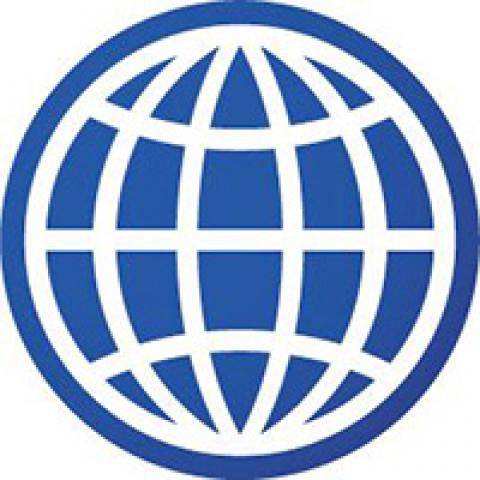Rallies were held in at least 20 Iranian cities on Tuesday against the government amid a creeping wave of suspected poisoning attacks targeting schoolgirls nationwide.
On Tuesday, Iranian authorities announced the first arrests in those cases but did provide details on the identity of those arrested.
"A number of people have been arrested in five provinces and the relevant agencies are conducting a full investigation," said Iran's deputy Interior Minister, Majid Mirahmadi.
Videos and reporting published by multiple opposition outlets, including activist collective 1500 Tasvir, showed a massive security presence in the capital, Tehran, and in such major cities as Isfahan, Shiraz, Karaj, Mashhad, Sanandaj and Rasht.
۱۶ اسفند #رشت
— توکالی (@ToukAlii) March 7, 2023
تجمع معلمان و والدین دانش آموزان مقابل اداره کل آموزش و پرورش استان #گیلان که با گاز اشکاور توسط یگان ویژه و لباس شخصی ها به درگیری کشیده شد!#مهسا_امينی pic.twitter.com/N3QiOdA7KW
"Death to the child-killing regime," protesters chanted in Sanandaj, according to footage posted by the Paris-based Kurdish Human Rights News Network. In several locations, including Rasht and Isfahan, security forces reportedly attacked demonstrators, while in Mashhad, parents held signs with Persian slogans comparing the Iranian government to extremist Nigeria-based Boko Haram militants, known for their violent opposition against women's education.
On Monday, Iran's Supreme Leader Ayatollah Ali Khamenei acknowledged the issue and pledged accountability. “The poisonings are a grave and unforgivable crime,” he declared during a speech at a tree-planting event in Tehran, BBC reported.
He added that there would be “no pardons” if anyone was identified as a perpetrator and convicted.
The mysterious suspected poisonings have been going on for nearly four months, with over 1,200 cases reported according to state media. Those targeted are rushed to hospitals after exhibiting a wide range of symptoms from nausea to temporary paralysis. Iranian authorities initially appeared to be denying the cases altogether. Over the past two weeks, however, with the scale and intensity only growing with alarm, they have promised to discover the root of the incidents. According to the pro-reform Etemad newspaper, as many as 25 out of 31 provinces have already witnessed such poisonings.
On Sunday alone, activists reported incidents in at least 350 schools. On Monday, the Health Ministry released its first official report denying the presence of any chemical gases in the samples taken. It noted that only "benign stimulants" had been detected and merely in 10% of the hospitalized students.
In a separate assessment, the Interior Ministry lowered the figure to 5%, claiming that the rest had only suffered "anxiety." The report largely focused on how the government was planning to crack down on "rumor" spreaders.
A girl at a school in the Iranian city of Semnan, Semnan province is unable to walk amid gas poison attacks at her school and on school girls across the country. #Iran's government has known about the attacks since November yet has not stopped the poisoning of school girls to… https://t.co/CmQooaGvRF pic.twitter.com/qQcQM5htlV
— IranHumanRights.org (@ICHRI) March 6, 2023
The Iranian judiciary has set up two courts to prosecute individuals spreading such "rumors." A veteran journalist covering the "poisonings" in the city of Qom, where the very first cases were reported, was arrested over the weekend. And proceedings are being launched, according to state media, against a prominent political scientist, a reformist politician and an actor who have criticized on social media the government's response to the poisonings saga.
With questions outnumbering answers so far and the government's failure to soothe the public fury, speculation is rife across social media. Many are pointing fingers at the ruling theocracy or at least claiming that its hardest-core influential sectors are behind the chain of poisonings.
The suspected poisonings come as Iranian schoolgirls have been at the forefront of the ongoing protest movement that was sparked by Mahsa Amini's death in police custody back in mid-September.
Teenage girls of Generation Z, born from 1997 onward, have been seen defying the establishment's once unshakable hijab rules by removing their headscarves and burning them across schoolyards and on streets, placing the Islamic Republic against one of the biggest challenges it has faced in decades.
Such schoolgirls as Nika Shakarami and Sarina Esmailzadeh have turned into protest icons after their deaths during the unrest and are included on the list of 530 people the government forces have killed, according to data verified by the Human Rights Activists News Agency.







